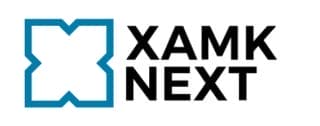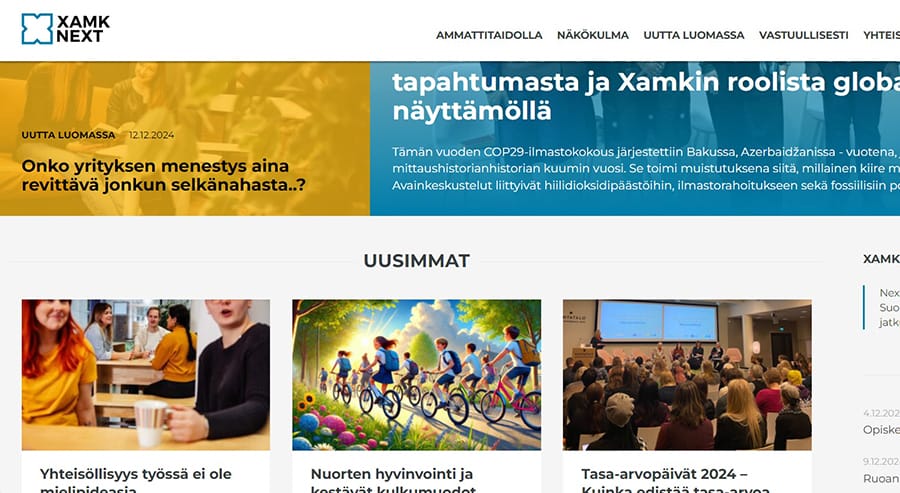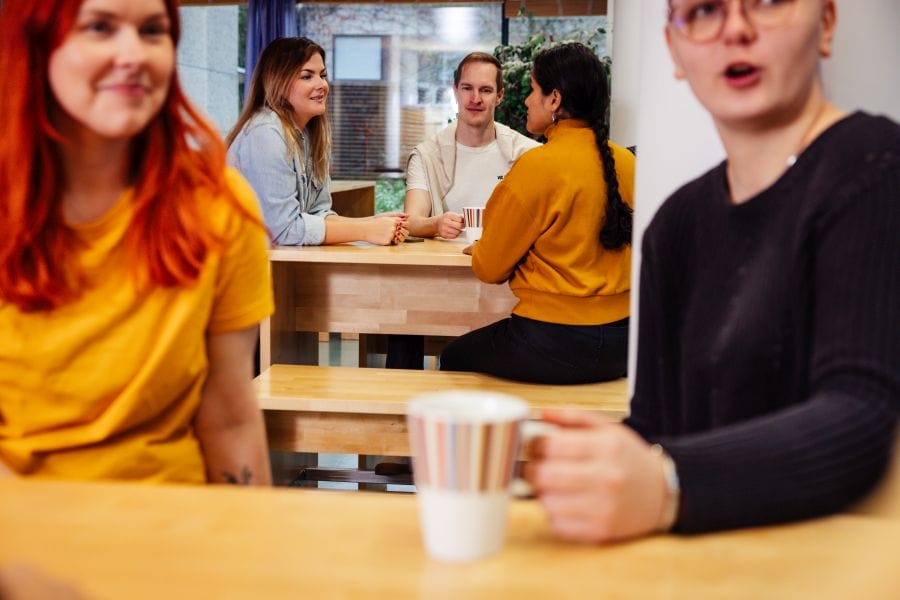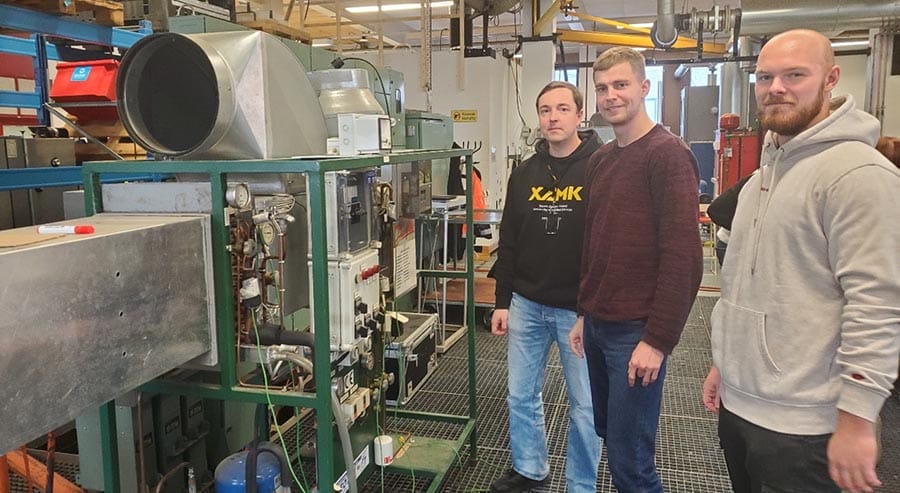Exchange students developing a Sustainable Energy System RDI environment
Learning by doing is a teaching method based on phenomenal learning, where students apply professional skills through phenomena in a real environment. Knowledge acquired in previous studies is supported by practical exercises. (Opetushallitus s.a.)
New learning takes place during the exercise by doing and participating, reflecting (understanding theory and practice) among the team. After the exercise, the learning process continues through the processing of information. (OAMK s.a.)
Exercises are allowed to fail, and failures are a learning experience for the whole team. An important factor for the success of exercises is the open atmosphere between the team, which makes the situation described above possible. An open atmosphere also allows individuals to become more risk-taking and courageous, as they become more positive about their own abilities and the support they receive from their environment. (Purot s.a.)
Exchange students learn by doing
Energy technology education keeps pace with developments in the field by renewing laboratory equipment at appropriate intervals. Close cooperation with the RDI unit avoids duplication of equipment purchases.
The heat pump machine in the Energy Technology Laboratory on the Kotka campus has served as a demonstration tool of the heat pump principle. The equipment has reached the end of its useful life and does not show the full potential of a modern heat pump. The new replacement laboratory equipment will be integrated into a wider framework, as part of the Sustainable Energy System RDI environment.
The design of the new heat storage test environment started in early summer 2023, with the aim of better demonstrating the full potential of the heat pump’s performance in converting heat from different temperature heat sources to higher temperature heat loads. The heat storage units attached to the pilot unit will simulate the flexibility of heat pump technology in energy production (Syrjälä 2020).
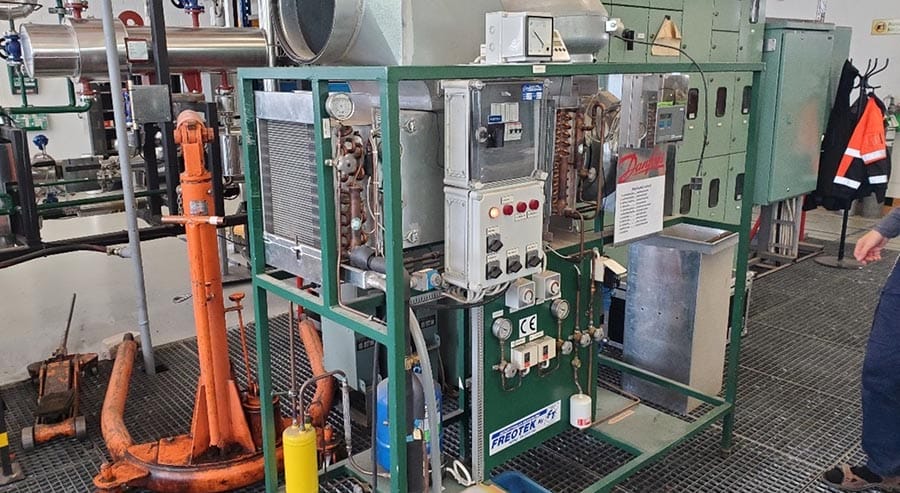
In the new equipment design module, students will work according to the Learning by doing method in the ‘Special work in energy technology’ -course. Students on the course also participated in the design of the new test environment.
Two students, Sebastian Schmitt and Steffen Tiedemann from Germany, worked on the pre-design of a pilot device. The exchange students have found the practical work useful.
“I experienced the practical work very positively, since this is probably the closest, I’ve come to real engineering work”, says the exchange student who did the design work.
”For the most part I learned a lot about heat pumps since it’s the main topic and I was also before very interested in them. But I also learned how to use the knowledge I already have from previous studies”.
